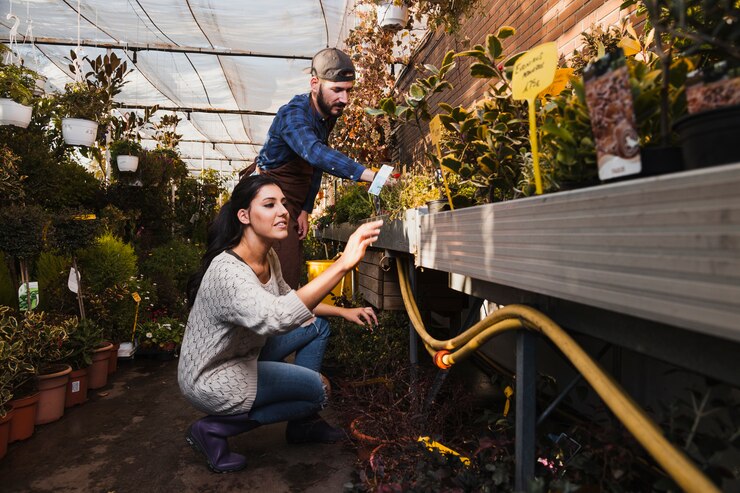Rain gardens are an excellent way to manage stormwater while enhancing your landscape with native plants. If you’re a Seattle resident interested in creating a rain garden, the process is simpler than you might think. With the right tools, a weekend of work, and a few tips, you can install a beautiful and functional rain garden that helps the environment. Here’s a step-by-step guide for beginners:
Step 1: Select the Right Location The first step in creating a rain garden is selecting a location where water naturally flows or pools after a rainstorm. Ideally, your garden should be situated at least 10 feet away from your home to prevent water from seeping into your foundation. Look for low-lying areas or spots where water drains from roofs, downspouts, driveways, or patios.
Step 2: Measure the Area and Determine Size Once you’ve identified the right location, measure the area to determine the size of your rain garden. The size depends on how much runoff you expect to capture. For example, if your rain garden will capture water from your roof, use this formula to determine the size: multiply the roof area by 0.3, then divide by the soil’s infiltration rate (inches per hour). A garden between 100 to 300 square feet is a good starting point for most homeowners.
Step 3: Test Your Soil for Drainage Before you start digging, it’s essential to test your soil’s drainage capability. Dig a small hole about 12 inches deep and fill it with water. If the water drains within 24 to 48 hours, your soil is suitable for a rain garden. If it drains slower, you may need to improve drainage by adding compost or sand to the soil mix.
Step 4: Excavate the Basin Once your site is selected and measured, it’s time to start digging. Your rain garden should be between 6 and 12 inches deep, with gently sloping sides to direct water toward the center. The deepest part of the garden should be in the center, where water will collect. Remove the soil and set it aside—you may need it later to create berms or raised edges around the garden.
Step 5: Prepare the Base Line the bottom of your rain garden with a few inches of gravel or sand to help with drainage. Then, cover the gravel with a layer of compost to enrich the soil. This will create a healthy environment for your plants and ensure that your rain garden functions effectively.
Step 6: Choose Your Plants Selecting the right plants is crucial to the success of your rain garden. Choose native plants that thrive in both wet and dry conditions, as the water level in the garden will fluctuate. Some great options for Seattle include Pacific ninebark, red osier dogwood, tufted hairgrass, and western sword fern. Arrange plants in zones based on their water tolerance, with the most water-hardy species in the center and more drought-tolerant plants around the edges.
Step 7: Mulch and Finish Apply a layer of mulch, such as wood chips or shredded bark, around the base of your plants. Mulch helps retain moisture, suppress weeds, and prevent erosion. Once you’ve mulched, water the garden to help the plants establish their roots. Over time, as the garden matures, you’ll need to weed and occasionally water during dry spells, but maintenance is minimal.
Step 8: Guide Runoff to Your Garden Finally, make sure water from your roof or driveway flows into your rain garden. You can direct downspouts into the garden or create swales (shallow, grassy channels) to guide water from paved surfaces. This ensures your rain garden receives the runoff it’s designed to capture.
With these steps, you’ll have a functional and attractive rain garden that captures stormwater, supports local wildlife, and enhances your Seattle property.
